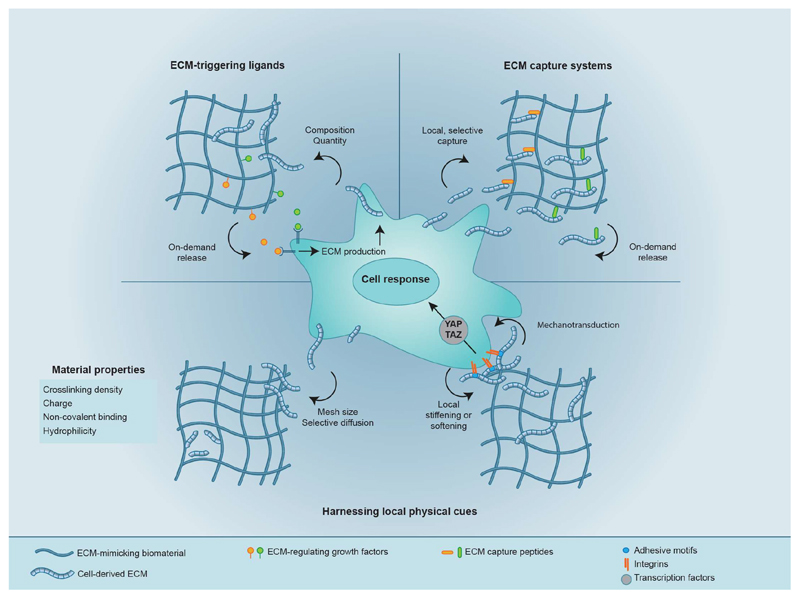Fig. 2. Biomaterial-based strategies for harnessing the secreted ECM.
By tethering biological molecules or by incorporating physical strategies, biomaterials can be designed to regulate the secreted matrix and, in turn, cellular responses. For example, ECM-triggering ligands, as well as peptides, aptamers or nanobodies that locally and specifically capture secreted proteins, can be incorporated into biomaterials to sequester signalling proteins from the secreted matrix that can then signal back to cells. The physical properties of scaffold biomaterials can also be modulated to regulate cell responses by using the scaffold’s mesh size as well as non-covalent interactions to selectively enrich for particular components of the secreted matrix pericellulary. Moreover, by capturing the secreted matrix pericellularly, the local microenvironment can be stiffened or softened to potentially regulate cellular mechanotransduction and thus cellular behaviour.

